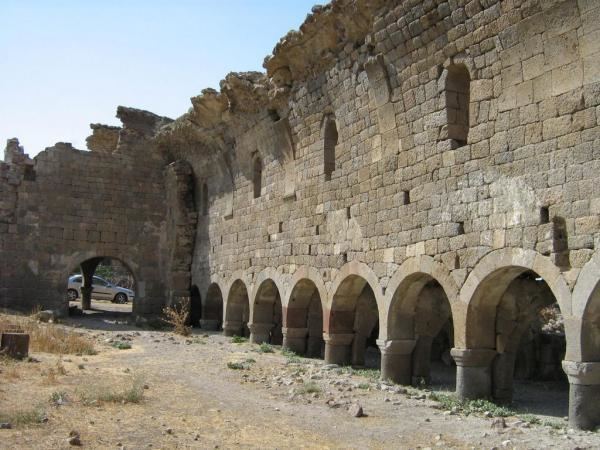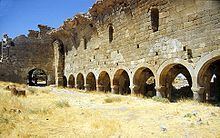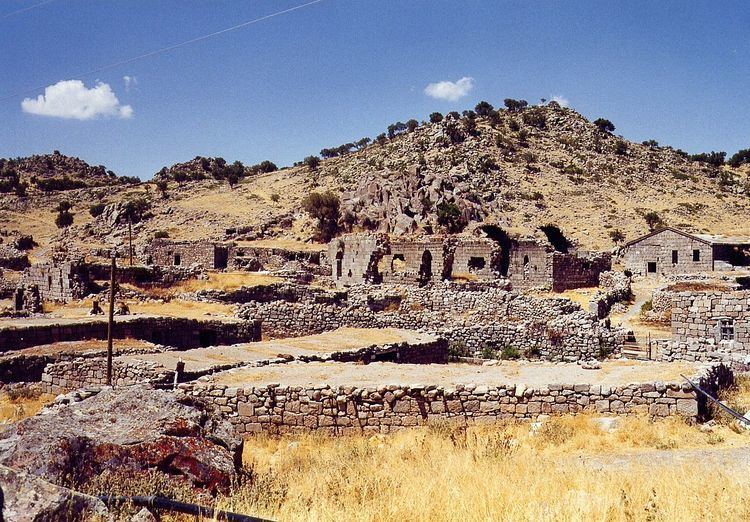 | ||
Founded Approximately 3rd century Abandoned Approximately 8th century | ||
Binbirkilise (literally: Thousand and One Churches) is a region in the antique Lycaonia, in modern Karaman Province of Turkey, known for its around fifty Byzantine church ruins.
Contents

The region is located on the northern slopes of the volcano Karadağ, around 30 km (19 mi) north of the province capital city of Karaman. The church ruins are situated in and around the settlements Madenşehri, Üçkuyu and Değle.

Buildings
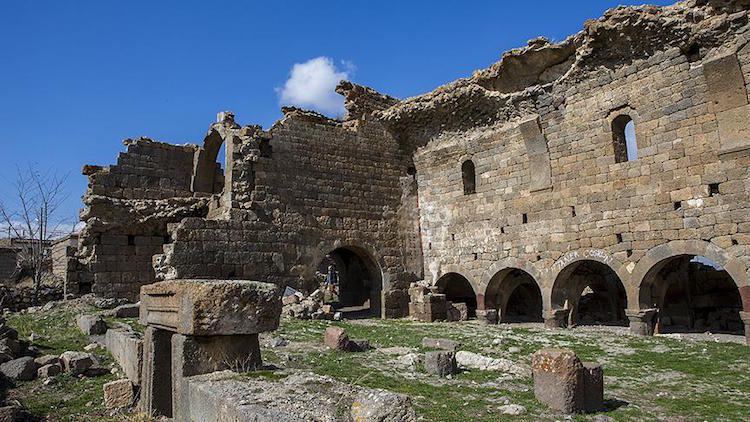
The region was a cultural center of the Byzantine Christians in the era between the 3rd and 8th century. There are remains of churches, monasteries, cisterns, fortifications and habitations that are integrated in the villages. The stone materials were re-used in the today's buildings that caused continuous diminishing of the historical inventory.
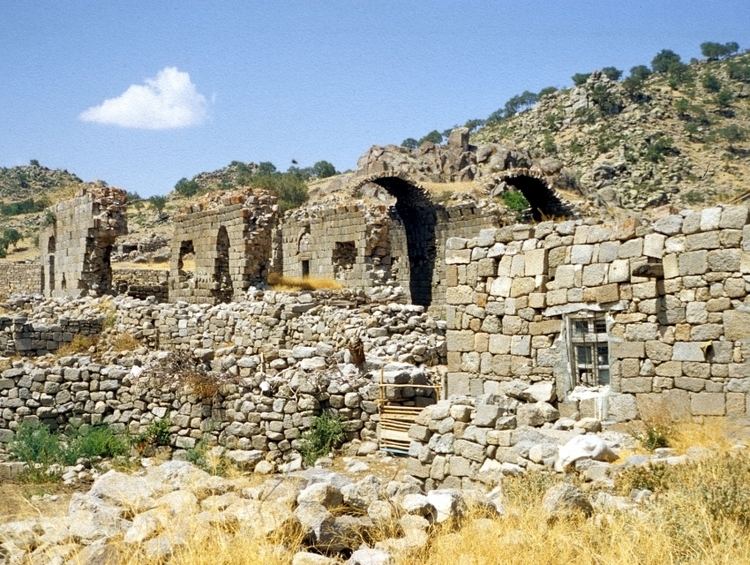
From the architecture historical viewpoint, the several domed basilicas of Syriac Orthodox type are interesting. The walls were built of large cut stone blocks. Due to lack of wood in the region, the buildings were topped with stone domed roofs instead of flat wooden roofs. Over the aisles, matronea were constructed behind the upper column row. In apses, there were double clerestory windows. The narthexes have mostly double arcades and are supported by a single column in the center. In some churches, primarily in Madenşehri, remains of murals can be seen. Also rare relicts from the Hittites, Roman and Hellenistic period are found in the surroundings.
History of research work
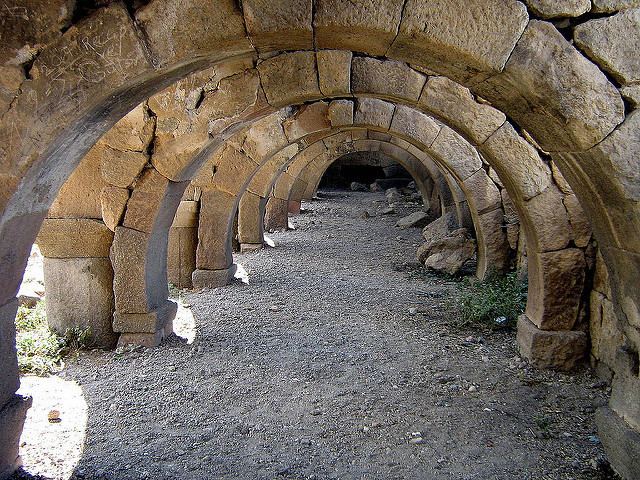
In 1904, Carl Holzmann (1849–1914) published his Archäologischen Skizzen (English: Archaeological Designs) about Binbirkilise. Shortly after, the region was described by British traveller and archaeologist Gertrude Bell (1868–1926), who explored the region in 1905 during her trip through Asia Minor. She published her observations in a series of articles in the Revue Archéologique. During this trip, she met in Konya Scottish archaeologist William Mitchell Ramsay (1851–1939). The two decided to conduct excavations in Binbirkilise that took place in 1907. The results were published along with many photos in their book The Thousand and One Churches.
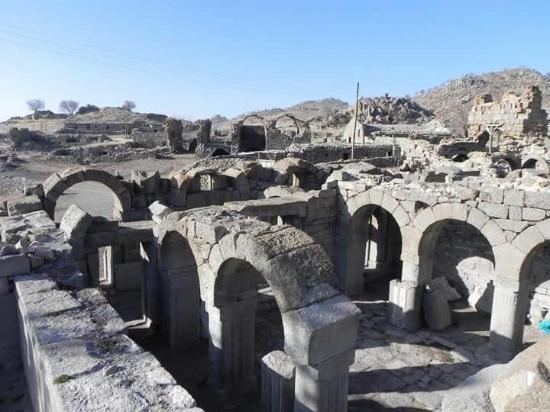
When Bell returned to the site two years later, she found that a large part of the documented buildings had disappeared as a result of robbery for cut stone. Today, the state of destruction is much advanced as can be seen in comparison with Bell's photos. Turkish art historian Semavi Eyice examined the region and published the result of his research in 1971.
